Borderline? Art on the scales
Published on
Translation by:
Nabeelah ShabbirHow far can art go? What taboos remain? Art often both fascinates and disgusts, in an attempt at containing cultural boundaries
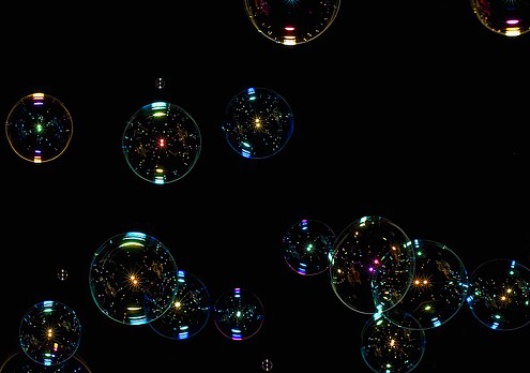 They were no ordinary soap bubbles which glistened in the air before gently bursting on visitors at the Frankfurt Museum for Modern Art in 2004. The bubbles were made from water used to wash bodies in Mexican morgues. In a piece called En el Aire (In The Air, 2003), they were part of the first large-scale European show of Mexican artist Teresa Margolles in 2004. In the humid room, connoisseurs goggled, and critics murmured. Ethically wrong! Astonishing! The tightrope between art and pathology was treaded upon by one of the last taboos in art production: death. Disgust and fascination could be traced in one body.
They were no ordinary soap bubbles which glistened in the air before gently bursting on visitors at the Frankfurt Museum for Modern Art in 2004. The bubbles were made from water used to wash bodies in Mexican morgues. In a piece called En el Aire (In The Air, 2003), they were part of the first large-scale European show of Mexican artist Teresa Margolles in 2004. In the humid room, connoisseurs goggled, and critics murmured. Ethically wrong! Astonishing! The tightrope between art and pathology was treaded upon by one of the last taboos in art production: death. Disgust and fascination could be traced in one body.
(Photo: ©Sebastiano Pitruzzello/ Flickr)
In August 2007, Costo Rican visionary Guillermo Vargas chained a stray dog in a gallery in Managua, Nicaragua, before letting it starve to death. He initially had wanted to present the dog as an object of art; after all, on the streets where it had lived, no living soul had cared for it. The dog would now be more alive than it was before, as it would now exist in peoples’ memories. Animal rights activists momentarily went on the barricades.
Vienna Actionists with a cause
Art from the twentieth and twenty-first centuries has been urinated on, pixelled, masturbated in front of on live camera, smeared with blood and tinted with death in its borders. Modern art productions anchor themselves on the separating line of anatomy, pornography or pathology. These borders have not uncommonly been blurred or traversed in the name of art. After all, new medias enable new artforms. Alienation is the magic word: and what renders it all much harder is that today, art can consist of a simple idea. It is not obligatory for art to be independent from form.
Those who believe that the crossing 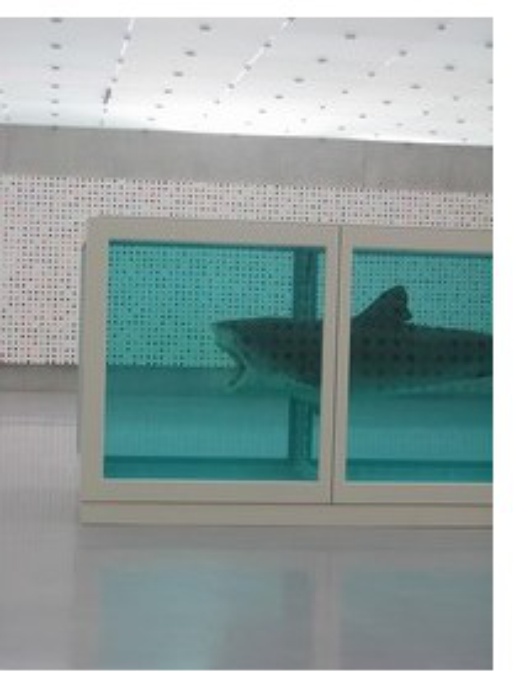 of ethical borders and taboos is art which has already beena part of art, are wrong. Carole Talon-Hugon, art philosophy professor at the University of Nice and author of the book Goût et dégoût: L’art peut-il tout montrer? (‘Taste and Disgust: Should Art Show All?’), denies this: ‘It’s a retracted way to think, that art has always opposed itself. The boundaries of pictorial borders and display techniques were pushed ages ago. The huge transgression of moral principles first took place definitively in the twentieth century.’
of ethical borders and taboos is art which has already beena part of art, are wrong. Carole Talon-Hugon, art philosophy professor at the University of Nice and author of the book Goût et dégoût: L’art peut-il tout montrer? (‘Taste and Disgust: Should Art Show All?’), denies this: ‘It’s a retracted way to think, that art has always opposed itself. The boundaries of pictorial borders and display techniques were pushed ages ago. The huge transgression of moral principles first took place definitively in the twentieth century.’
Hermann Nitsch, Günter Brus and Otto Muehl – the so-called 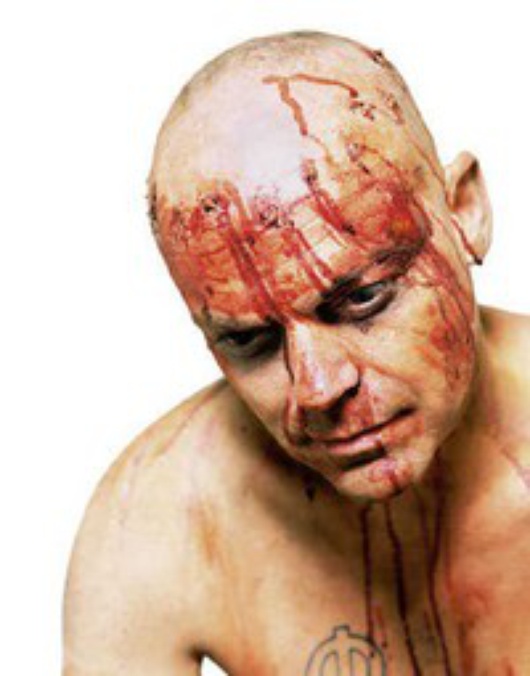 Vienna Actionists - already put this message across in 1968: their tabloid-coined Uni-Ferkelei (‘university obscenity’) publicly shocked as their ‘eating and excreting, oral and genital sexuality became one,’ according toFrieze magazine.
Vienna Actionists - already put this message across in 1968: their tabloid-coined Uni-Ferkelei (‘university obscenity’) publicly shocked as their ‘eating and excreting, oral and genital sexuality became one,’ according toFrieze magazine.
As for today, the tiger shark who lived in a glass tank of formaldehyde by British artist Damien Hirst, first shown as The Physical Impossibility of Death in the Mind of Someone Living at the Saatchi gallery in London in 1991, still draws gasps. People today are plasticised and exhibited as art dictates; children are born in galleries or dead cows are thrown out of helicopters. Art has to come out and take off on new shores – jump borders and once more grow out from itself.
Art and ethics: frictions
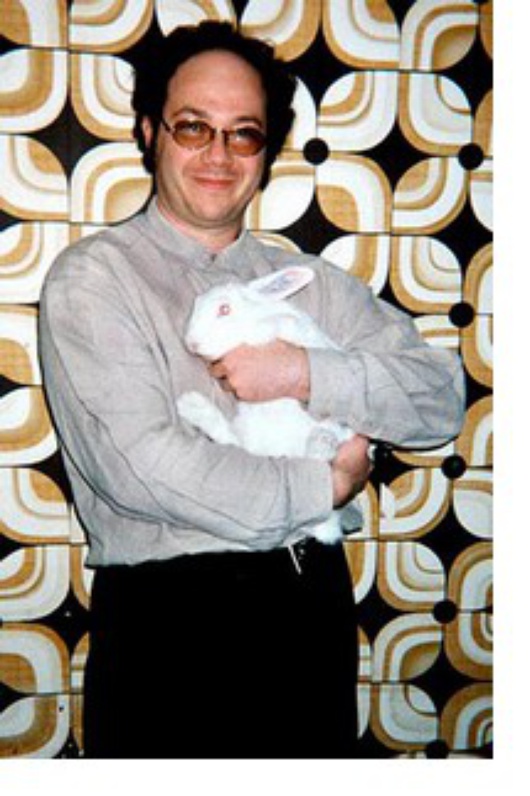 ‘What is most interesting to me,’ continues Talon-Hugon, ‘is the reaction of those artists after they are criticised in the name of ethics.’ Some argue with the typical flowery terms of ‘the general absence of borders and creative freedom of art,’ whilst others protest: ‘what I am doing here is much more moral than you think.’
‘What is most interesting to me,’ continues Talon-Hugon, ‘is the reaction of those artists after they are criticised in the name of ethics.’ Some argue with the typical flowery terms of ‘the general absence of borders and creative freedom of art,’ whilst others protest: ‘what I am doing here is much more moral than you think.’
Take the new ‘Bio-arts’ movement of extracting cells from your own body and injecting them in steaks which are later eaten. And when Brasilian artist Eduardo Kac injected a rabbit with jellyfish cells, the French-born animal ended up shining green. The artist was saying we should ‘learn to live together with others,’ according to Talon-Hurgon. ‘I define that as a calling to an overly-moral art; defending your own immorality whilst literally compromising those morals.’
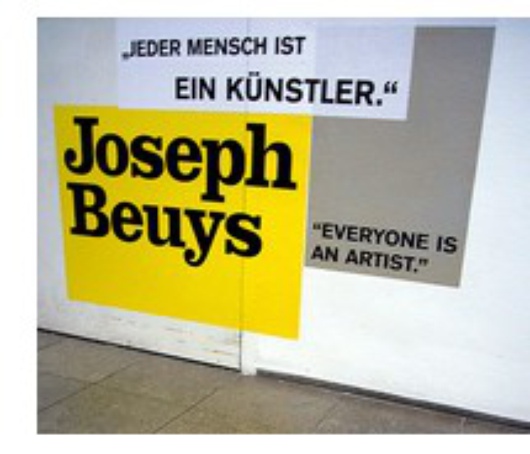 The essence of art can be found today in its rising radicalness, in its tension to cross frontiers: ‘Art has conquered an empire. It has managed to reach an autonomy never know before: the possibility of having possibilities,’ continues Talon-Hugon. Joseph Beuys – one of the first artists who used fat as material – put forward the theory that ‘every person is an artist.’ German composer Karlheinz Stockhausen defined the 9/11 attacks as a ‘moment of art.’ Perhaps we should just give up in our search for borders in art and simply ask ourselves: what exactly is NOT art?
The essence of art can be found today in its rising radicalness, in its tension to cross frontiers: ‘Art has conquered an empire. It has managed to reach an autonomy never know before: the possibility of having possibilities,’ continues Talon-Hugon. Joseph Beuys – one of the first artists who used fat as material – put forward the theory that ‘every person is an artist.’ German composer Karlheinz Stockhausen defined the 9/11 attacks as a ‘moment of art.’ Perhaps we should just give up in our search for borders in art and simply ask ourselves: what exactly is NOT art?
Discuss the borders of arts in our babelforum
In-text photos: soap (©Sebastiano Pitruzzello/ Flickr), formaldehyde shark by Damien Hirst (©susemueller/ Flickr), Flatz (©flatz.net), Eduardo Kac (©C!b0rg5/ Flickr), Joseph Beuys (©GALERIEopWEG/ Flickr)
Translated from Grenzwertig? Kunst auf der Waagschale



